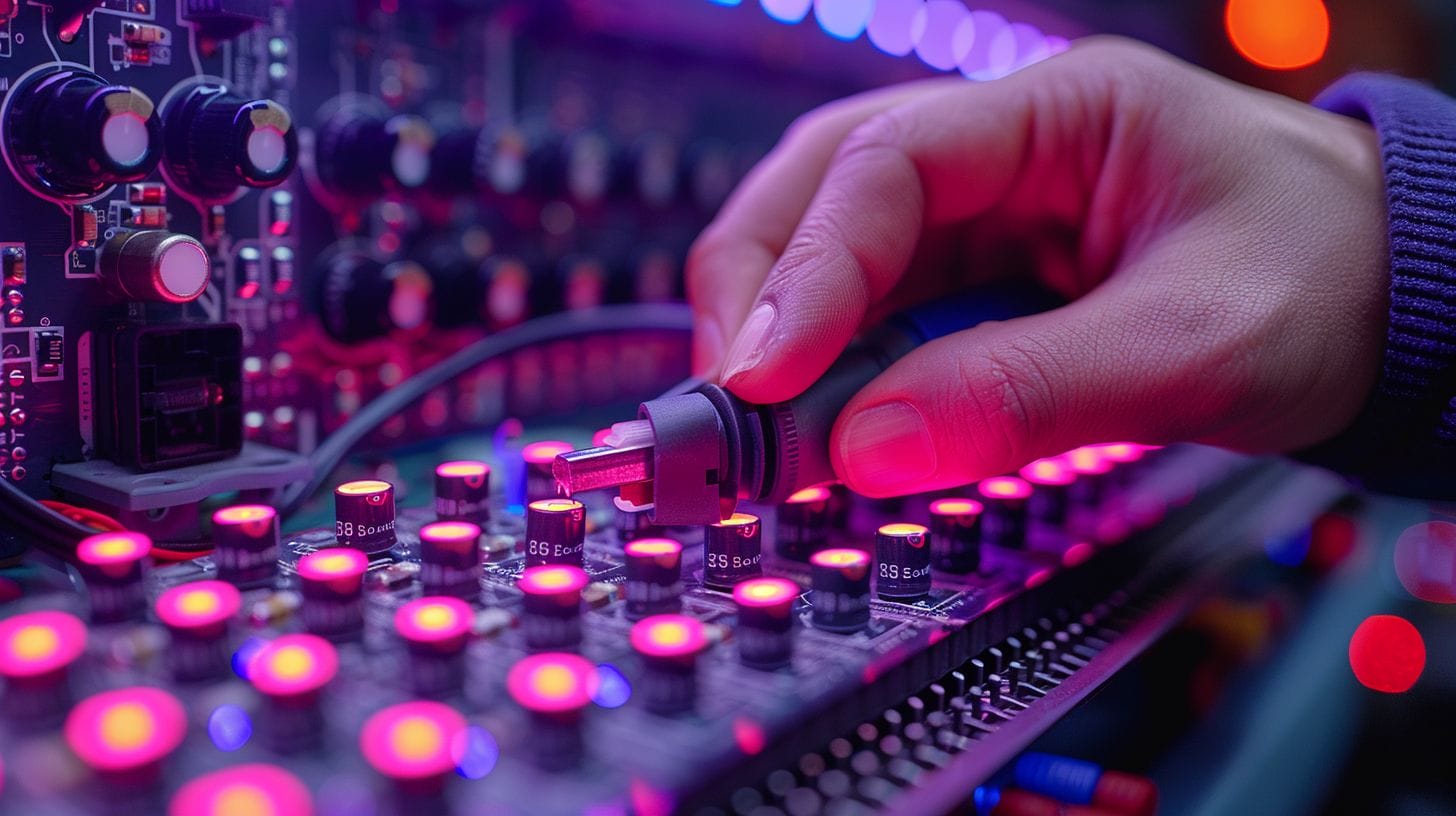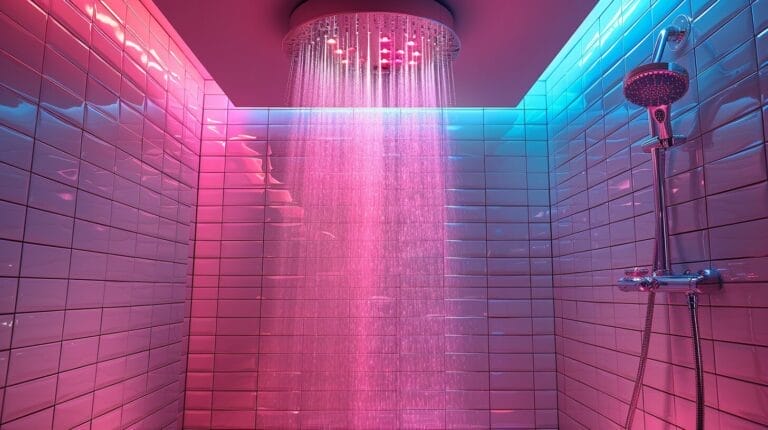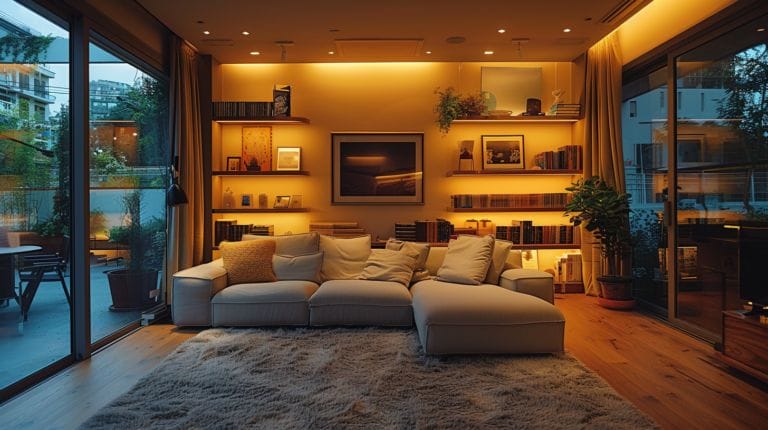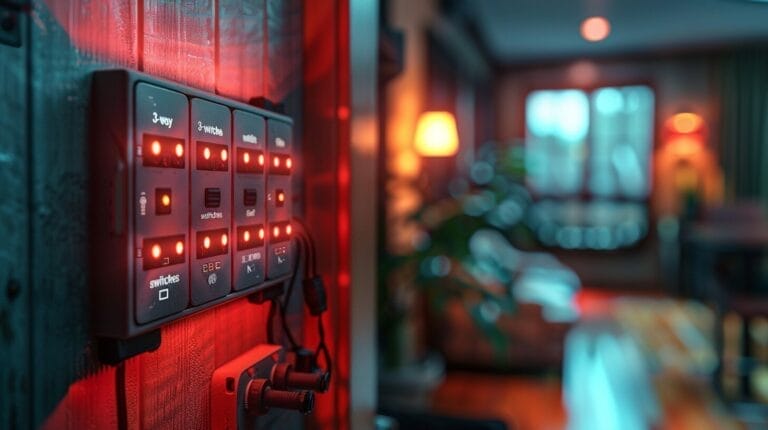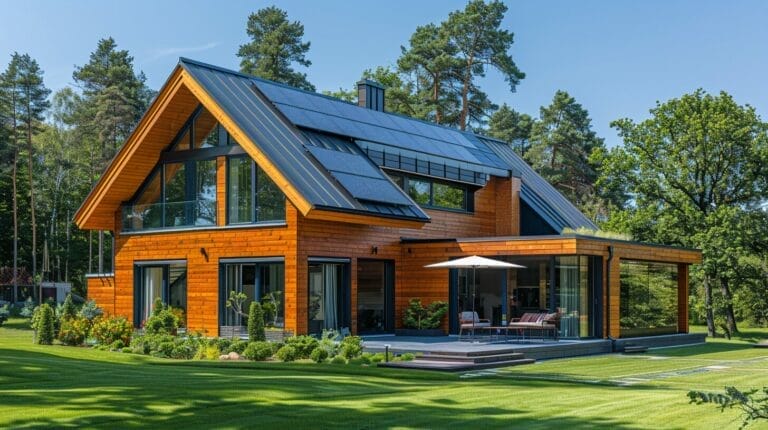How to Connect LED Strip Lights to 12V Power Supply: A Guide
Ever wondered how to seamlessly connect LED strip lights to a 12V power supply without any hiccups? Well, fret not, for we are here to provide you with a comprehensive guide that will illuminate the path to a well-lit space.
From understanding the fundamentals to troubleshooting potential issues, our How to Connect LED Strip Lights to 12V Power Supply guide will ensure a smooth journey towards a well-lit haven. Are you ready to shed some light on the mystery of LED strip light connections?
Key Takeaways
- Proper voltage matching between LED strip lights and 12V power supply, often referred to as an LED strip power source, is crucial for efficient operation and optimal brightness.
- Securely connect positive and negative wires, use appropriate connectors, and prevent voltage drop for optimal performance.
- Ensure correct polarity and wattage matching when connecting LED strip lights to a 12V power supply, a process that is essential for achieving the desired brightness and avoiding damage to the light strip and the LED.
- Regularly inspect and maintain connections to prevent issues and ensure safety.
Understanding the Basics of LED Strip Lights and 12V Power Supply
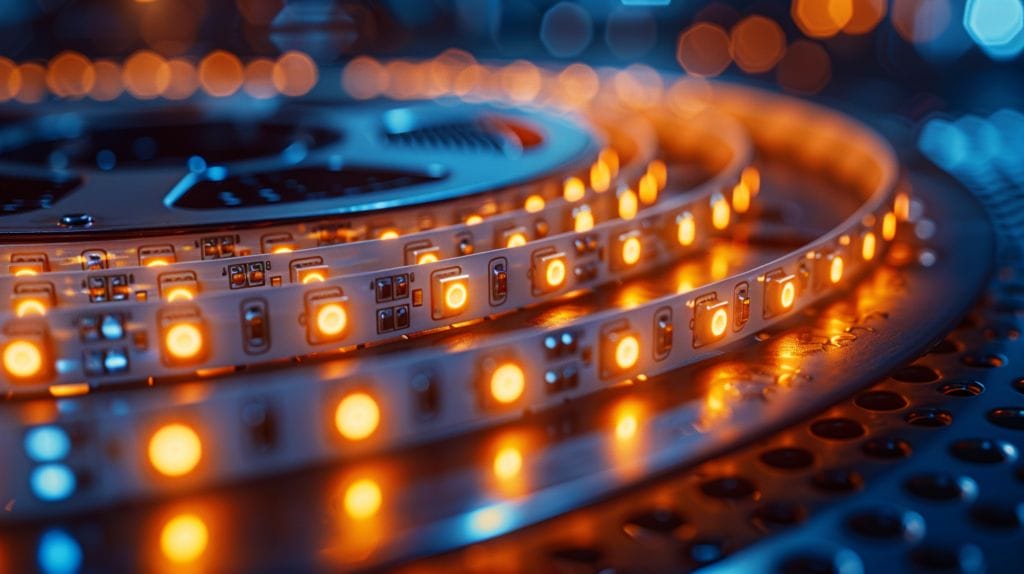
LED strip lights are a popular choice for adding ambient lighting to various spaces, including small projects that benefit from their flexibility and brightness. When connecting them to a 12V power supply, it’s essential to understand the basics of how they work together. The LED light strips need to be connected correctly to the power supply to function efficiently.
When connecting an LED strip to the power supply, it’s crucial to match the voltage of the LED strip with the output voltage of the power supply, ensuring the light strip and the LED function seamlessly together. This ensures that the LED strip receives the right amount of power to illuminate properly, effectively matching the brightness requirements of your space. Moreover, the voltage of the LED strip needs to be compatible with the power supply to prevent any damage to the lights, a step crucial for maintaining the desired brightness.
Understanding the relationship between the LED strip, LED driver, and power supply is key to ensuring that the lights function optimally. In essence, the correct voltage and proper connection of the LED strip to the power supply are essential for the efficient operation of LED strip lights. By paying attention to these details, such as inserting the wire correctly and matching brightness levels, you can enjoy well-lit spaces with the added ambiance that LED strip lights provide.
Preparing Your LED Strip Lights for Connection
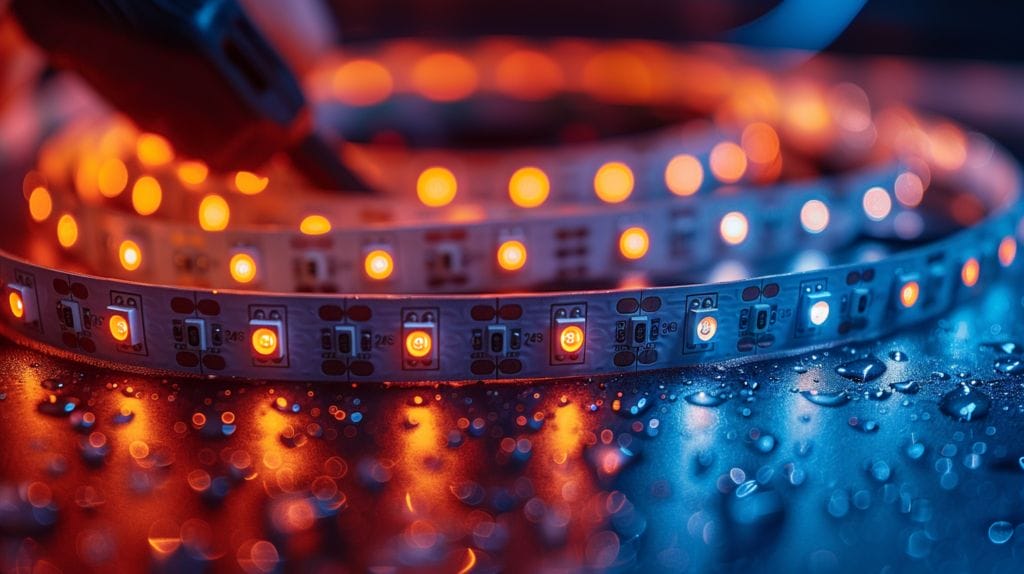
Before connecting the LED strip lights to the power supply, it is crucial to properly prepare them for the connection process. This step ensures a secure and reliable electrical connection. To begin, identify the positive and negative wires of your LED strip, typically connecting the positive to the red wire and the negative to the black wire, ensuring the black wire is connected properly.
Once you have identified the wires, you can proceed to prepare them for connection using the appropriate tools and techniques, such as ensuring the positive wire is ready for connection.
Here is a helpful guide:
- Solder Wires: Use solder to securely attach the positive and negative wires to connectors
- Choose LED Connectors: Select the right LED strip connectors for easy and reliable connections, which are convenient and suitable for both small projects and larger installations.
- Prevent Voltage Drop: Take measures to prevent voltage drop by ensuring proper wire gauge, especially when the LED strip is connected to the black wire or the red wire for correct polarity.
Connecting Your LED Strip Lights to the 12V Power Supply

After ensuring the proper preparation of your LED strip lights, proceed by attaching the connector to the strip for connection to the 12V power supply, effectively enabling the LED strip to work. It’s crucial to pay attention to the wattage of the LED strip to ensure it’s compatible with the power supply.
To wire the LED strip to the 12V power supply, match the red wire (positive) to the positive terminal and the black wire (negative) to the negative terminal on the power supply, considering the use of an ac power plug or a socket to supply power if available. Make sure the connections are secure to prevent any potential hazards, particularly ensuring the LED strip is correctly connected to the red wire and the black wire.
It’s advisable to double-check the connections, including making sure the ends of the LED are securely connected, before turning on the power supply to avoid any issues. Safety measures should always be a top priority when working with electrical components, including the proper use of an LED driver because it drives safety, functionality, and the overall brightness of your setup.
How to Connect Multiple LED Strips to a Single 12V Power Supply
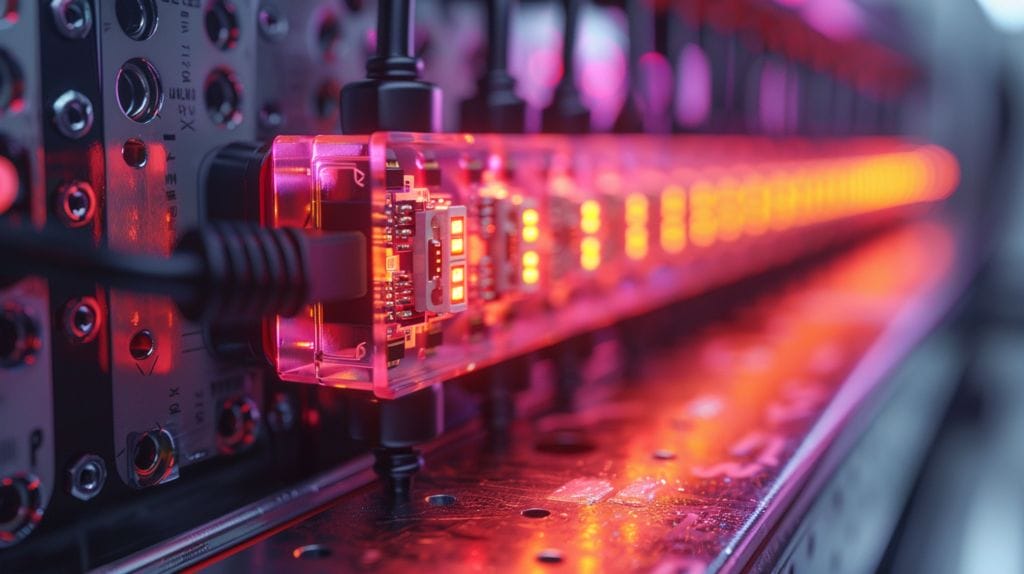
To successfully connect multiple LED light strips to a single 12V power supply, ensure the total wattage of the strips doesn’t exceed the capacity of the power supply. Here’s how you can efficiently connect multiple LED strips to a single 12V power supply:
- Calculate the Total Wattage: Sum up the wattage of each LED light strip you plan to connect. Ensure this total doesn’t surpass the wattage rating of your 12V power supply.
- Select a Power Supply with Adequate Wattage: Choose a 12V power supply that can handle the total wattage of all the LED light strips you intend to connect.
- Use Amplifiers or Splitters: If the wattage of your LED light strips exceeds the capacity of a single power supply, consider using amplifiers or splitters, and ensure the connection is inserted into the socket securely. These devices can help distribute power evenly to all the connected LED strips.
- Carefully Connect the Strips: Connect each LED light strip to the power supply, following the manufacturer’s instructions, ensuring the ends of the led are properly aligned. Ensure secure connections to prevent any power loss or potential hazards by using techniques such as twisting the two red wires together for a more reliable connection.
Can I Use the Same Wiring Guide for LED Strip Lights as I Would for 12V LED Lights?
When it comes to wiring 12V LED lights gauge, you can generally use the same wiring guide for LED strip lights as you would for 12V LED lights. Just make sure to account for the specific power requirements and load of the LED strips when making any wiring connections.
Troubleshooting and Maintaining Your LED Strip Light Connections
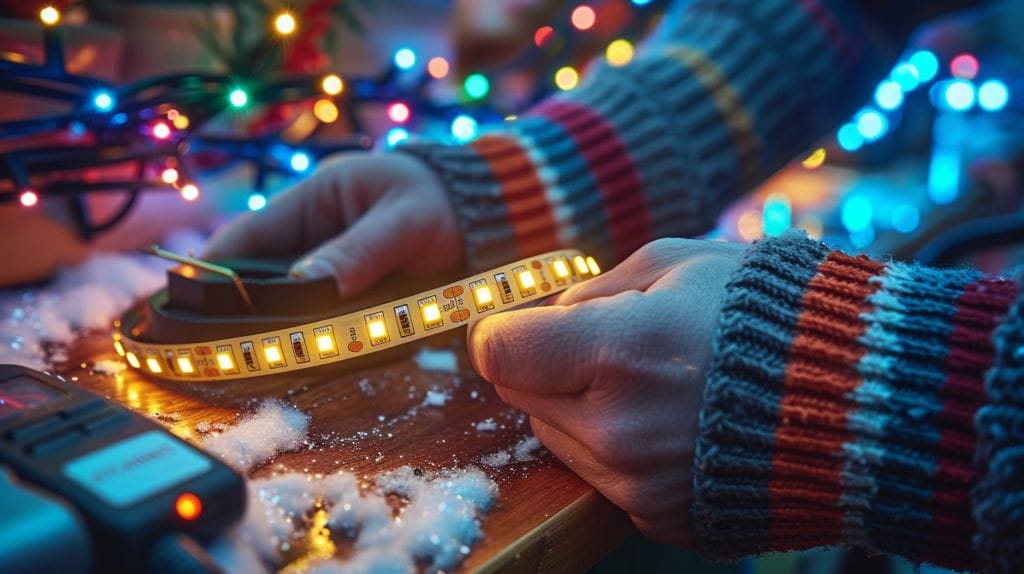
When encountering common issues with your LED power supply, troubleshooting and maintaining your LED strip light connections is essential for ensuring optimal functionality. Regular maintenance of your LED strip connections can prevent potential problems and extend the lifespan of your lighting setup.
One common issue that may arise is poor connectivity between the LED strip and the power supply. In such cases, double-checking the connection points and ensuring a secure fit can often resolve the issue, particularly by ensuring the positive wire is correctly inserted into the socket.
Another troubleshooting tip is to inspect the power supply for any signs of damage or malfunction. If you notice any frayed wires, burnt smells, or flickering lights, it may indicate a problem with the power supply that requires immediate attention. In such instances, it’s best to replace the faulty power supply to avoid any safety hazards.
Routine maintenance of your LED strip light connections involves periodically cleaning the connection points to remove any dust or debris that could affect the conductivity. Additionally, securing the connections with proper fasteners or adhesives can prevent them from loosening over time, and it’s crucial to ensure that these connections are done correctly with regard to the LED strips being connected to the red wire or the black wire.
Conclusion
In conclusion, connecting LED strip lights to a 12V power supply is a simple and straightforward process that can add ambiance and style to any space.
By understanding the basics, preparing your lights properly, and making the correct connections, you can easily set up your LED strip lights for a vibrant display.
Remember to troubleshoot any issues that may arise and maintain your connections for long-lasting enjoyment of your LED lighting setup, ensuring brightness remains consistent.
Frequently Asked Questions
How do I connect LED strip lights to a 12V power supply?
To connect LED strip lights to a 12V power supply, you will need to make sure the red wire of the LED strip is connected to the positive terminal of the power supply and the black wire of the LED strip is connected to the negative terminal of the power supply.
What type of connector should I use to connect LED strip lights to a 12V power supply?
You can use various connectors such as screw type connectors or plug-in connectors to easily connect LED strip lights to a 12V power supply.
Can I connect multiple LED strips in series to a 12V power supply?
Yes, you can connect multiple LED strips in series to a 12V power supply by ensuring that the total wattage of the LED strips connected does not exceed the wattage of the power supply.
What is the recommended wattage of the LED driver for connecting LED strip lights to a 12V power supply?
The wattage of the LED driver should be greater than the total wattage of the LED strips to provide sufficient power and prevent overheating of the power supply.
How do I calculate the LED power supply needed for my project?
You can use an LED power supply calculator to determine the appropriate power supply needed based on the total wattage of the LED strips and the voltage requirements of your project. This decision can hinge on whether you’re using a 12v or 24v system, and it may be necessary to adjust the setup to accommodate an AC power plug or to ensure the LED strip drives the LED strip appropriately.

